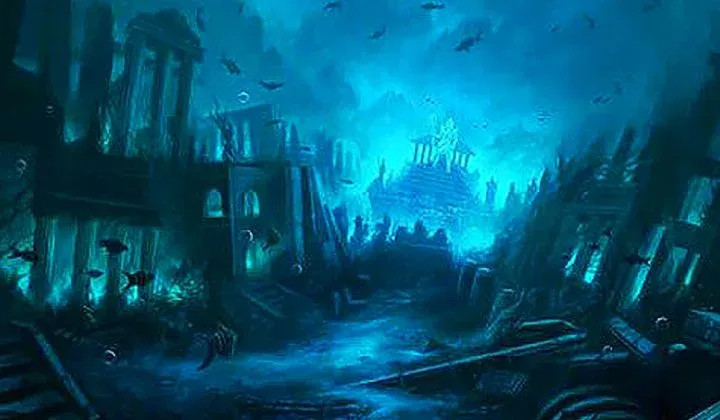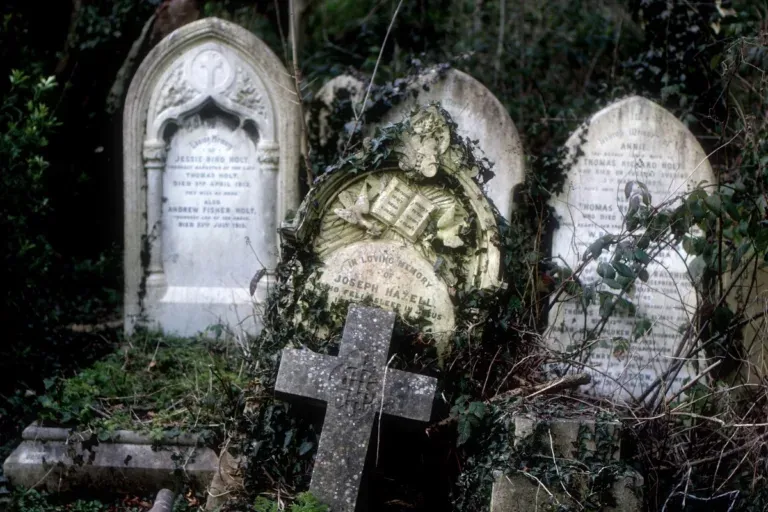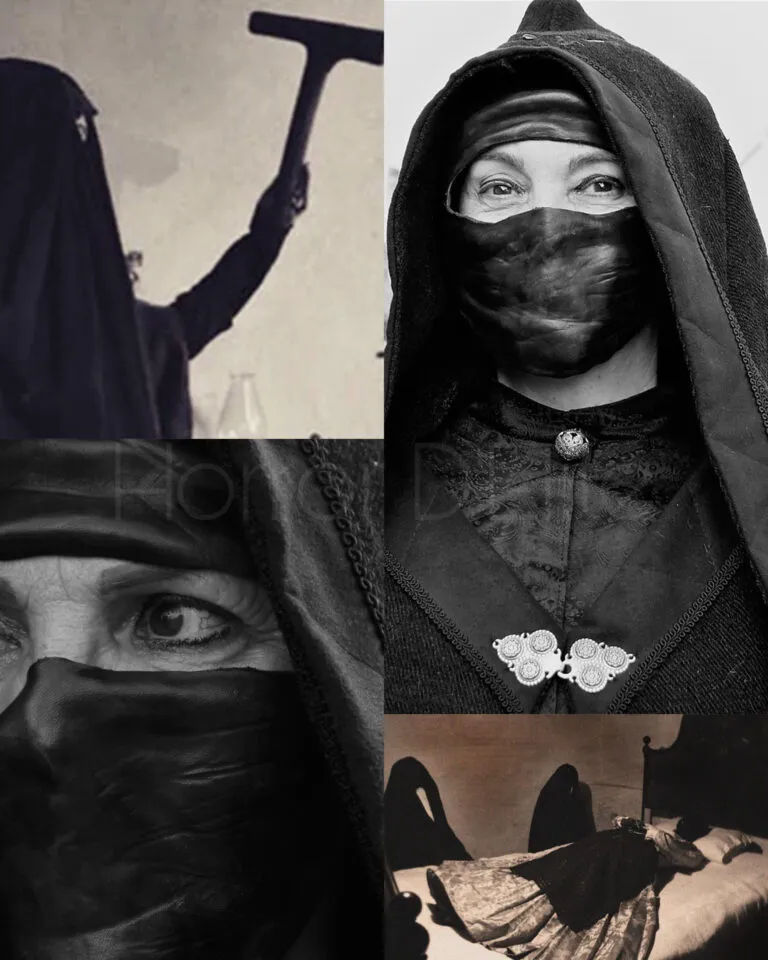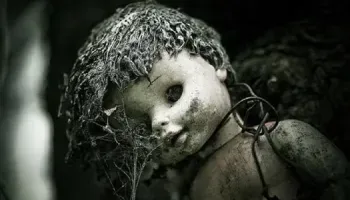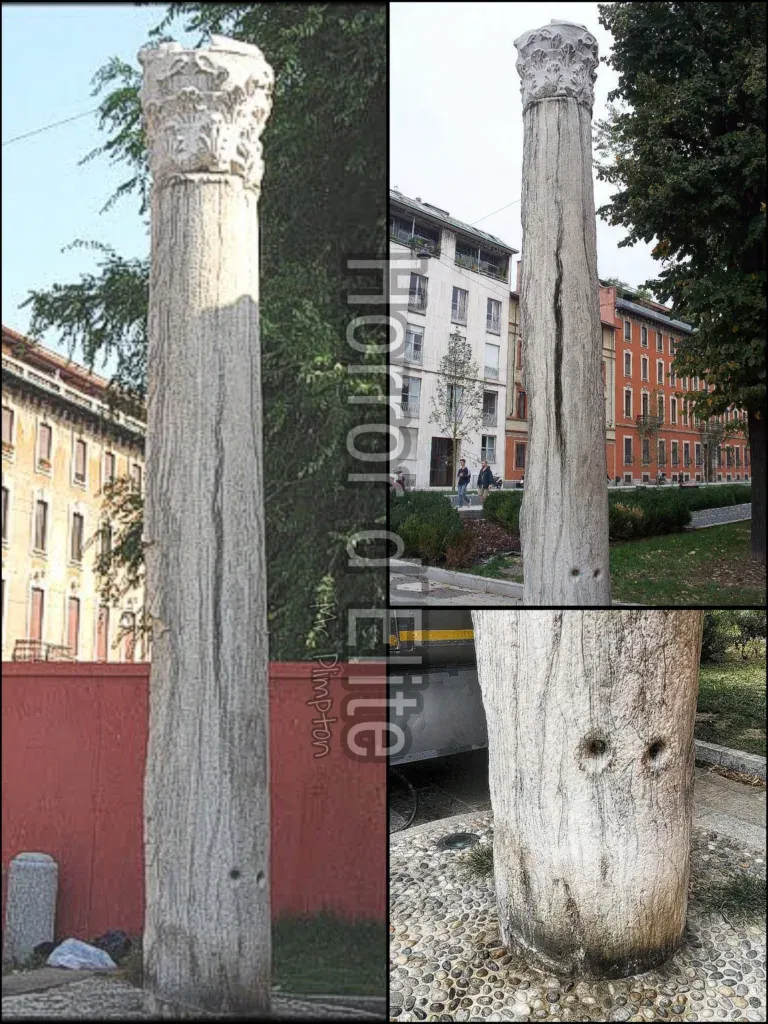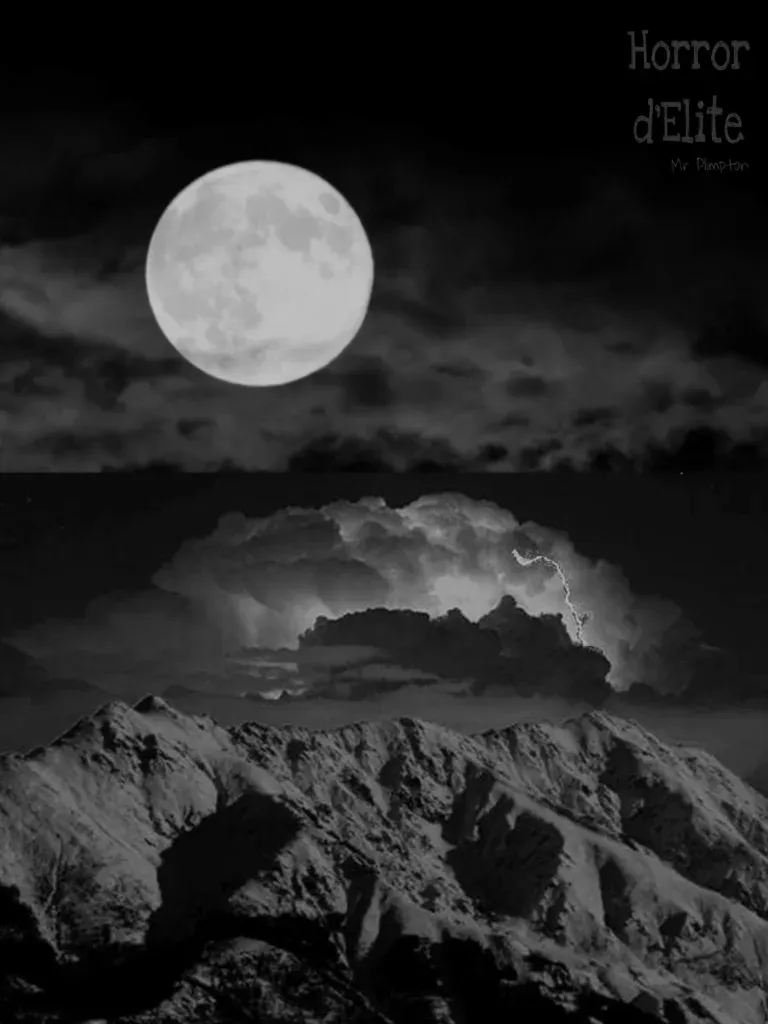Dia de los Muertos
Dia de Los Muertos is undoubtedly one of the most well-known Mexican holidays: can you imagine an event celebrated with joy in every home, street, square, and cemetery across the country?
The Día de los Muertos, or Day of the Dead, is indeed a celebration not only of loved ones who have passed away but also of life.
Although the holiday originated in Mexico, it is celebrated throughout Latin America with vibrant colors, calaveras (skulls), and calacas (skeletons).
It is not a Mexican version of Halloween. While they share some common features, the two holidays differ greatly in tradition and meaning.
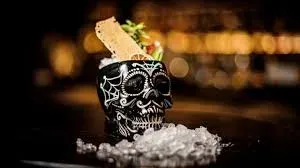
Sure, the common theme is death, and both are based on the idea that spirits return during that time of year, but in terms of meaning, the two holidays are completely different.
The customs around Halloween stem from the idea that spirits are malevolent (children were disguised not for fun but to avoid being recognized and somehow harmed), whereas in the Dia de Los Muertos celebrations, spirits are joyfully welcomed: they are family members who return among the living once a year, on November 2.
While Halloween is a dark night of terror and mischief, the Day of the Dead celebrations take place over two days in an explosion of color and joy for life: all over Mexico, people celebrate by wearing colorful costumes, holding parties and dances, and offering gifts to their deceased loved ones.
The Dia de Los Muertos has ancient origins, rooted in Mesoamerica with the Aztecs, the Toltecs, and other ancient cultures who considered mourning the dead as disrespectful.
For these pre-Hispanic cultures, death was a natural phase in the long continuum of life: the dead were still members of the community, kept alive in memory and spirit, and during the Día de los Muertos, they returned to Earth.
On the other side of the globe, in Europe, the Day of the Dead originated during the ninth century and was introduced to Latin America by Spanish Conquistadors. This holiday seamlessly merged with the ancient conception of death that already existed in Aztec culture: the result was a mix of different cultures.
In 2008, UNESCO recognized the importance of Día de los Muertos by adding the holiday to its list of Intangible Cultural Heritage of Humanity.

The Dia de Los Muertos is an extremely social celebration: crowds of revelers flood the streets and public squares at all hours of the day and night. Dressing up as skeletons is part of the fun.
People of all ages have their faces artistically painted to resemble skulls, and imitating la calavera Catrina, they wear elegant and imaginative clothes and large hats.
The focal point of the celebration is an altar, or ofrenda, which is set up not only in private homes and cemeteries but also in squares.
Contrary to what one might think, these are not altars for worship, but they represent the door between life and death: they are meant to welcome the spirits into the realm of the living and as such, are loaded with offerings, water to quench their thirst after the long journey, food, family photos, and a candle for each deceased relative.
Among the items placed on the altar are sugar skulls, often with the person’s name inscribed on top, pan de Muertos, a special bread made specifically for the season, and cempasuchil (marigolds) that bloom at this time of year.
In some villages, marigold petals are laid out to create a path from the burial site to the altar to guide the souls to their home.
In some communities, it is customary to spend the entire night in the cemetery, but it is not seen as something sad; rather, it is a celebration: they dine, play music, talk, and drink all night. But what is a calavera? Calavera is the Spanish word for skull, but in Mexican culture, it has a much deeper meaning.
Calaveras are seen all over Mexico, recurring in the designs and carvings of pre-Hispanic Aztec and Mayan ruins, and today they are represented in graffiti, clothing, jewelry, and tattoos.
While you can see calaveras year-round, they are most often seen during the Los Dias de Los Muertos season. Calaveras remind us to celebrate our lives and our mortality, to look to the past and the future while remaining in the present.
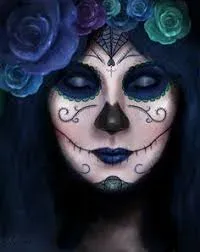
They are a way to acknowledge that life is sacred and that death, “La Muerte,” is just another rite of passage, no less sacred than life itself. Death is also alive. The inevitable should not be feared or avoided; it should be embraced and celebrated. More than anything else, calaveras remind us to live every moment to the fullest, to face our mortality with a smile, with courage, and to believe in immortality.
And you, dark souls, do you believe in the immortality of the soul?
Subscribe to our YouTube channel


